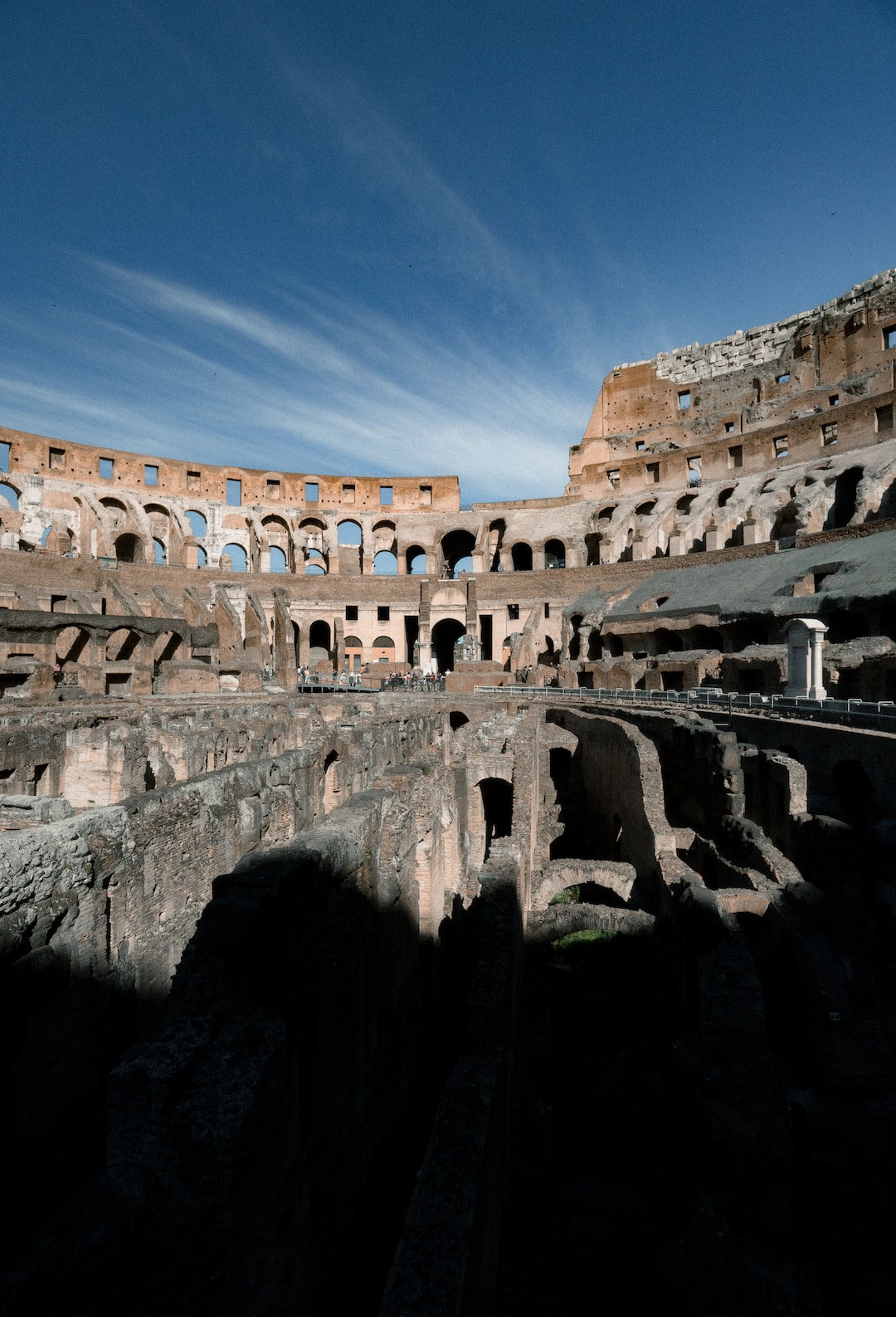The Ancient Roman Baths: Relaxation and History Combined
When you think of ancient Rome, what comes to mind? Perhaps it’s the grandeur of the Colosseum, the magnificence of the Roman Forum, or the imposing architecture of the Pantheon. While these are certainly iconic symbols of the Roman Empire, there is another aspect of Roman life that often goes unnoticed – the ancient Roman baths.
The Roman baths were not just places to cleanse the body; they were communal spaces where people could relax, socialize, and rejuvenate. These expansive complexes were not limited to Rome alone; they were found throughout the empire, from Bath in England to Baden-Baden in Germany. They provided a unique blend of relaxation and history, making them an integral part of Roman culture.
One of the most famous examples of Roman baths is the Baths of Caracalla in Rome. Built in the 3rd century AD, these baths were a true testament to the grandeur and opulence of the Roman Empire. Spanning an area of 27 acres, the complex included hot and cold pools, saunas, exercise rooms, and even a library. The baths were adorned with beautiful mosaics, statues, and intricate marble flooring, showcasing the wealth and craftsmanship of ancient Rome.
Visitors to the Baths of Caracalla were treated to a holistic experience. They could begin with a dip in the hot pool to relax their muscles, followed by a visit to the sauna to cleanse their pores. Afterward, they could enjoy a vigorous workout in the exercise rooms, which were equipped with weights and other exercise equipment. For those seeking intellectual stimulation, the library provided a quiet space to read and reflect.
But the Roman baths were not just about physical well-being; they were also places for social interaction. The baths were open to everyone, regardless of social status or wealth, promoting a sense of community among the Roman citizens. Regardless of their occupation or background, people would come together in the baths, engaging in conversations and forming connections. It was a melting pot of people from all walks of life, united in the pursuit of relaxation and rejuvenation.
Beyond the social aspect, the Roman baths were also rich in historical significance. They were often located near natural hot springs, which the Romans believed had healing properties. These springs were associated with various gods, and the baths became pilgrimage sites for those seeking physical and spiritual healing. The Romans believed that the water held the power to cure ailments, and bathing in these thermal springs was seen as a way to cleanse both the body and the soul.
Today, the legacy of the ancient Roman baths lives on. Many of the original structures have been excavated and preserved, providing a glimpse into the ancient world. Visitors can explore these sites and immerse themselves in the history and culture of ancient Rome. Some Roman baths have even been restored and transformed into modern wellness centers, offering a unique blend of ancient traditions and contemporary relaxation techniques.
The ancient Roman baths were more than just places to cleanse the body; they were hubs of relaxation, wellness, and community. They served as symbols of Roman grandeur and ingenuity, showcasing the empire’s commitment to physical and spiritual well-being. Visiting these sites today is not only a way to unwind and rejuvenate but also a chance to connect with a rich historical past that continues to influence our modern world.

